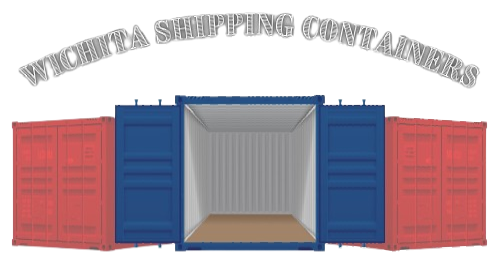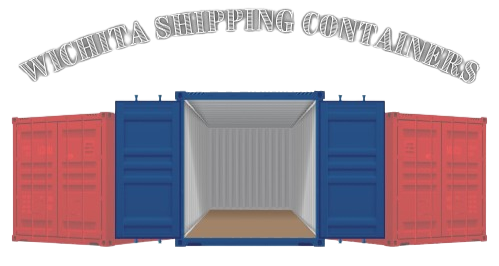Transform Your Shipping Container: A Comprehensive DIY Customization Guide
From Basic Box to Personalized Space: Step-by-Step Customization for Your Shipping Container
A Step-by-Step Guide to Customizing Your Shipping Container
Transforming a shipping container into a personalized and functional space is a rewarding DIY project that can serve a multitude of purposes, from a cozy backyard retreat to an innovative office space. Below, I’ll walk you through the key steps involved in customizing a shipping container, ensuring your project is both successful and satisfying.
1. Design and Planning
The first step in customizing a shipping container is the design phase. Begin by determining the intended use of your container—be it an office, guesthouse, studio, or something else. Consider the size you need; shipping containers typically come in lengths of 20 or 40 feet. Sketch out a floor plan, noting where you want windows, doors, and any partition walls. This is also the time to plan for any structural modifications, like cutting openings for doors and windows, which should be reinforced to maintain structural integrity.
2. Insulation and Climate Control
To make your container comfortable throughout the year, proper insulation is crucial. Choose between spray foam, panel, or blanket insulation based on your climate and budget. Insulation not only helps with temperature control but also adds a layer of soundproofing. Additionally, consider installing an HVAC system or smaller heating and cooling units depending on the size of your space and local climate conditions.
3. Electrical and Plumbing
For electrical and plumbing work, it’s advisable to hire professionals unless you have experience in these areas. Plan your electrical layout to include outlets, lighting, and potentially data cables for internet access. Plumbing may be necessary if your container includes a kitchenette or bathroom. Ensure all installations comply with local building codes and regulations.
4. Interior Finishes
Once the container is insulated and utility systems are in place, you can move on to interior finishes. Install drywall or other wall materials over the insulation, followed by painting or adding other wall treatments to create a welcoming environment. Flooring options can vary from laminate and hardwood to carpet, depending on your preference and the container’s use. Ceiling finishes might also be necessary, especially if you want to conceal wiring or insulation.
5. Installation of Windows and Doors
Installing windows and doors not only enhances the aesthetic appeal of your container but also improves ventilation and natural light. Choose energy-efficient windows and properly seal them to prevent leaks. Doors should be secure and fit well within the modified openings.
6. Furniture and Decor
The final step is to personalize your space with furniture and decor. Choose pieces that maximize space, offer functionality, and reflect your style. If the container is small, consider multifunctional furniture like sofa beds or foldable desks. Add lighting fixtures, rugs, curtains, and artwork to make the space feel inviting.
7. Exterior Enhancements
Consider the exterior of your container as well. A fresh coat of paint, some cladding, or even a small deck can enhance its curb appeal and functionality. Landscaping around the container can also integrate it nicely into its surroundings.
Conclusion
Customizing a shipping container is a flexible and eco-friendly way to create extra space tailored to your needs. By following these steps, you can ensure that your container transformation is not only practical but also a stylish addition to your property. With creativity and careful planning, your shipping container can become anything from a tranquil retreat to an innovative workspace.


